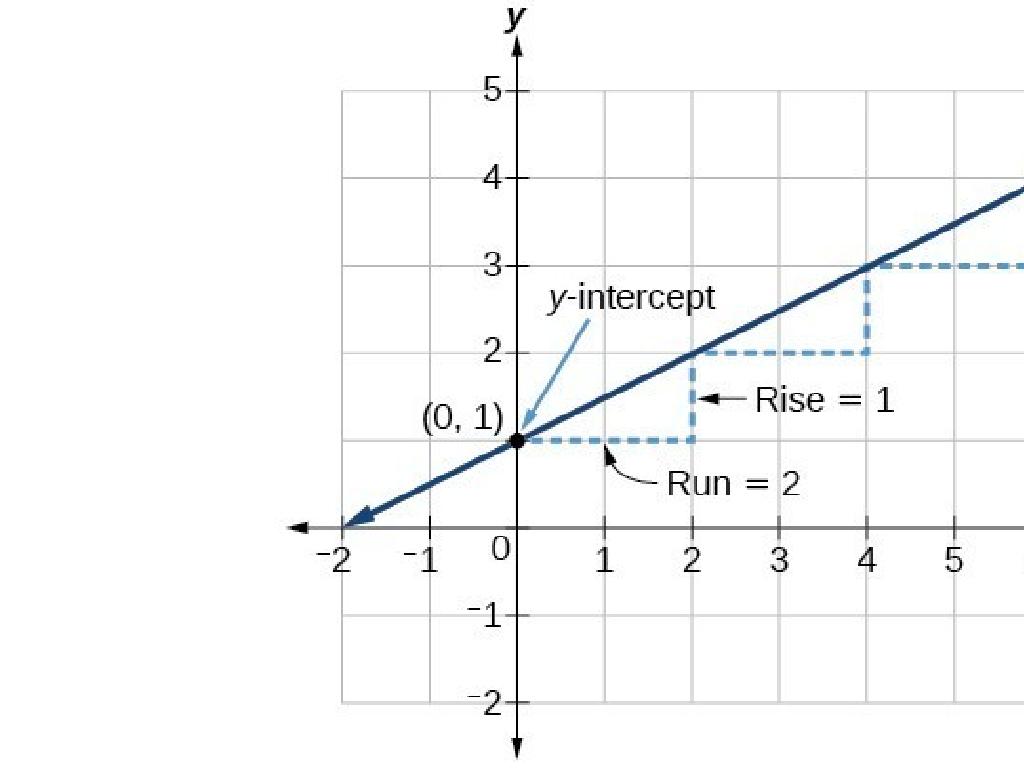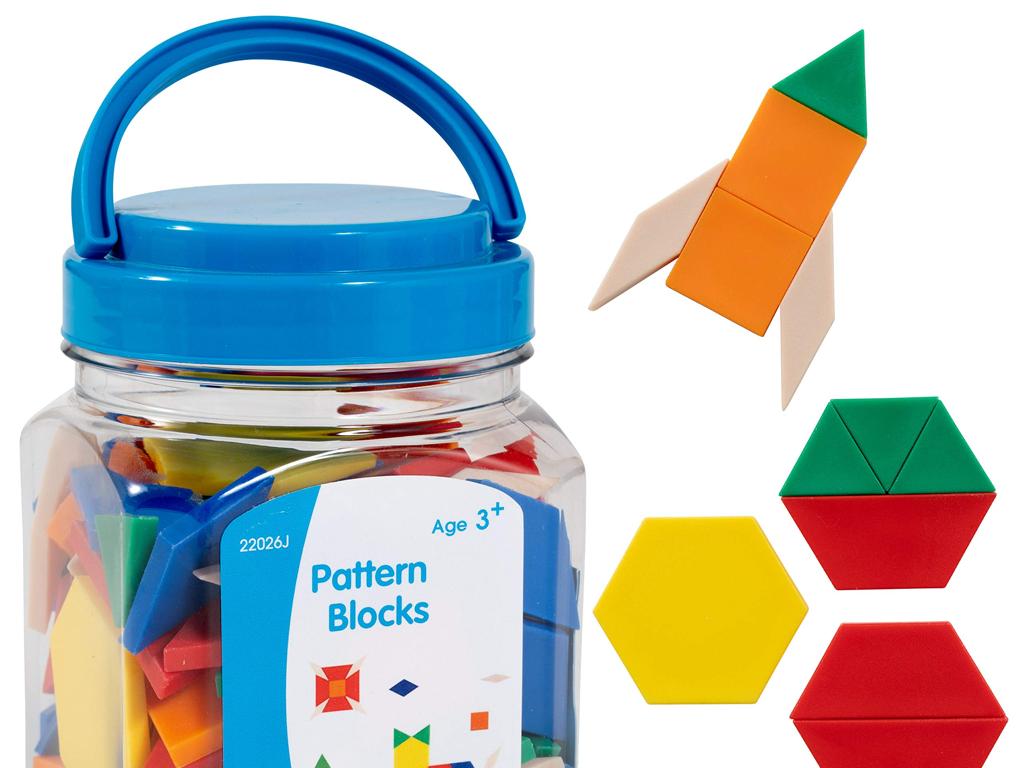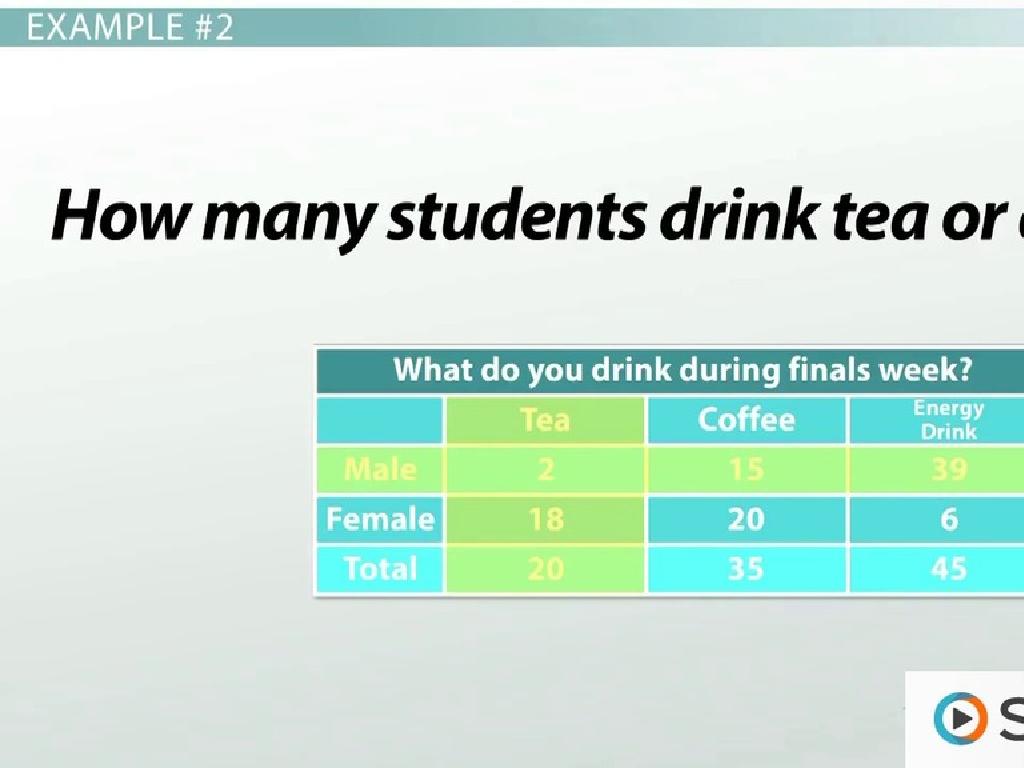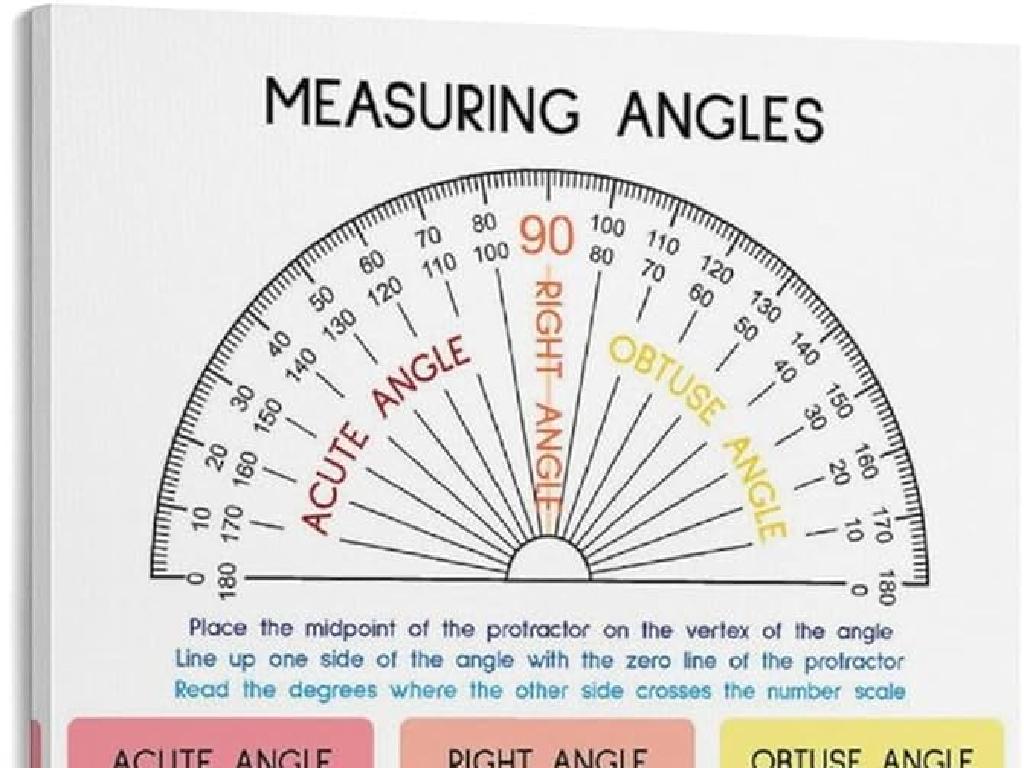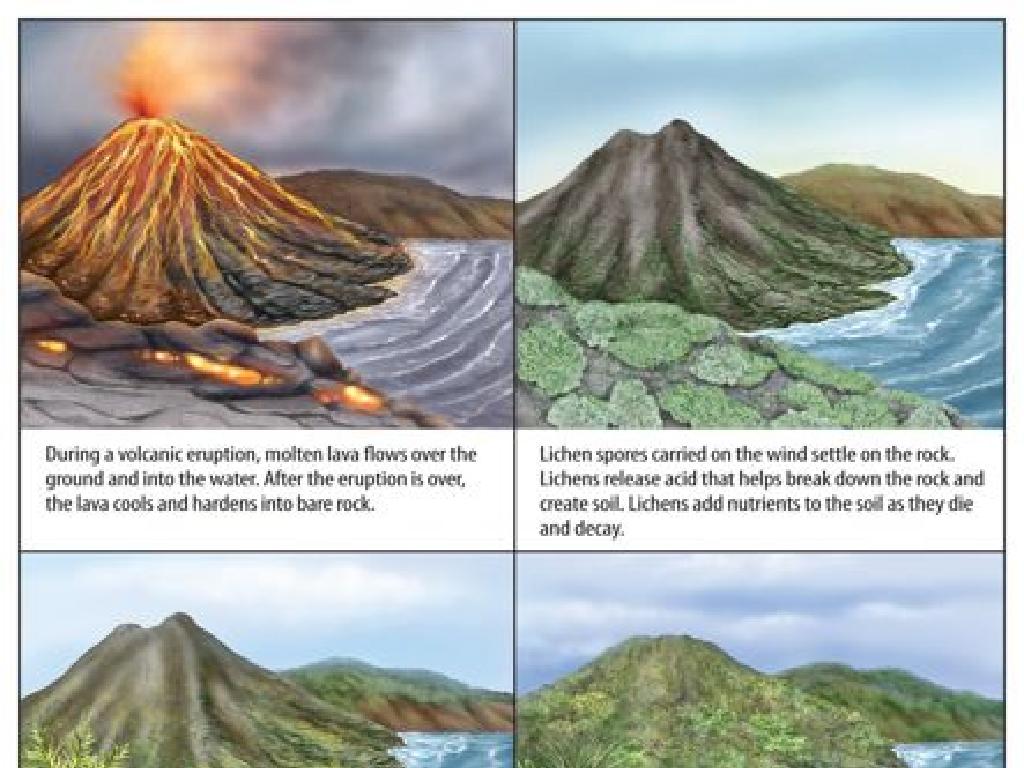Surface Area Of Pyramids
Subject: Math
Grade: Seventh grade
Topic: Surface Area And Volume
Please LOG IN to download the presentation. Access is available to registered users only.
View More Content
Exploring Surface Area of Pyramids
– What is Surface Area?
The total area of all the surfaces of a 3D object.
– Significance of Surface Area
Helps in determining the amount of material needed for construction.
– Surface Area in Daily Life
From pyramids in Egypt to tents at camp, surface area is key.
– Calculating Pyramid Surface Area
Add the base area to the sum of the areas of the triangular faces.
|
This slide introduces the concept of surface area and its relevance to both historical structures and everyday objects. Begin by defining surface area as the sum of the areas of all the faces of a three-dimensional object. Emphasize the practical importance of surface area in real-world applications, such as construction, where it’s crucial for determining the amount of material required. Provide relatable examples, like tents, which are essentially pyramids, to help students connect the concept to objects they are familiar with. Conclude by explaining the basic formula for calculating the surface area of a pyramid, setting the stage for more detailed exploration in subsequent slides. Encourage students to think of other objects where surface area is an important factor.
Exploring Pyramids: Introduction to Surface Area
– Define a pyramid structure
– A solid object with a polygon base and triangular faces that meet at a point (apex).
– Explore various pyramid types
– Types include square, triangular, pentagonal, etc.
– Real-world pyramid examples
– Famous pyramids: Egypt’s Giza, Mexico’s Chichen Itza.
– Understanding pyramid surface area
– Surface area calculation involves base area plus area of triangular sides.
|
Begin the lesson by defining a pyramid and discussing its geometric properties. Highlight the difference between various types of pyramids, such as square-based and triangular-based, and how this affects their structure. Provide real-world examples of pyramids, such as the Great Pyramid of Giza or the Pyramid of the Sun, to help students visualize the concept. Conclude with an introduction to calculating the surface area of pyramids, emphasizing that it includes both the base area and the area of the triangular faces. This will set the foundation for more detailed exploration of surface area calculations in subsequent slides.
Calculating the Surface Area of a Pyramid
– Surface area formula
– SA = Base area + Lateral area
– Dissecting the formula
– Understand each part of SA = B + 1/2(pl)
– Base area calculation
– Calculate the area of the pyramid’s base
– Lateral faces area
– Sum areas of all triangular faces
|
Introduce the general formula for the surface area (SA) of a pyramid, which is the sum of the base area (B) and the lateral area. Explain that the lateral area is calculated by adding the areas of all the triangular faces (1/2 * perimeter * slant height). Emphasize the importance of understanding each component of the formula. Provide examples of calculating the base area, which will depend on the shape of the pyramid’s base (square, rectangular, etc.). Then, guide students through finding the area of the lateral faces, which involves identifying the slant height and the base’s perimeter. Encourage students to practice with different pyramid examples to solidify their understanding.
Calculating Surface Area of a Square-based Pyramid
– Example: Square-based Pyramid
– A pyramid with a square base and four triangular faces
– Step 1: Calculate Base Area
– Base Area (A) = side length squared, A = s^2
– Step 2: Calculate Lateral Area
– Lateral Area (L) = 1/2 * perimeter * slant height, L = 1/2 * (4s) * l
– Step 3: Sum to Find Total Surface Area
– Total Surface Area (TSA) = Base Area + Lateral Area, TSA = s^2 + 2sl
|
Begin with an example of a square-based pyramid to illustrate the concept. Calculate the base area by squaring the length of the side of the square base. Next, find the lateral surface area by calculating the area of the four congruent triangles that make up the sides of the pyramid. This is done by taking half the product of the base’s perimeter and the slant height of the pyramid. Finally, add the base area and the lateral surface area to find the total surface area of the pyramid. Ensure students understand each step by working through the example as a class and encourage them to ask questions if they’re unsure about any part of the process.
Calculating Surface Area of a Triangular Pyramid
– Example: Triangular-based pyramid
– Step 1: Calculate the base area
– Base area = 0.5 * base length * height
– Step 2: Calculate the lateral surface area
– Lateral area = sum of the areas of all triangles
– Step 3: Sum up the total surface area
– Total surface area = base area + lateral area
|
This slide provides a structured approach to calculating the surface area of a triangular-based pyramid. Start with an example pyramid and identify the base and height to calculate the base area using the formula for the area of a triangle. Next, calculate the lateral surface area by finding the area of each of the three triangles that make up the sides of the pyramid. Finally, add the base area and the lateral surface area to find the total surface area. Encourage students to work through the example as a class and then practice with additional problems. Provide guidance on how to break down complex shapes into simpler components to make the calculation easier.
Practice Problems: Surface Area of Pyramids
– Work on problems as a group
– Apply formula to various pyramids
– Use the formula: Surface Area = Base Area + 1/2 * Perimeter * Slant Height
– Discuss each solution method
– Compare different approaches and correct any mistakes
– Reflect on learning as a class
– Share insights or alternative methods discovered
|
This slide is focused on engaging students with hands-on practice to solidify their understanding of calculating the surface area of pyramids. Start by solving a few problems together to demonstrate the process. Encourage students to apply the surface area formula to different types of pyramids, such as triangular and square-based pyramids. As solutions are found, discuss them openly, allowing students to explain their reasoning and methods. This collaborative approach helps students learn from each other and reinforces their comprehension. Conclude with a class reflection to discuss what was learned and to address any remaining questions. Provide additional practice problems for students who may need more practice or for those who finish early and want a challenge.
Class Activity: Exploring Pyramids
– Construct a paper pyramid
– Calculate its surface area
– Use the formula: Surface Area = Base area + 1/2 * Perimeter * Slant Height
– Discuss your results
– Compare with classmates’ pyramids
– Reflect on the activity
– What did you learn about pyramids?
|
This activity is designed to provide hands-on experience with geometric concepts. Students will create their own paper pyramids to understand the 3D shape and then apply mathematical formulas to calculate the surface area. Provide instructions and materials for pyramid construction. Once built, guide them through the surface area calculation, ensuring they understand each step. After calculations, students will share their findings, fostering a collaborative learning environment. Encourage them to reflect on the process and what insights they gained about the properties of pyramids. Possible variations of the activity could include using different base shapes or comparing with other 3D figures to deepen their understanding.
Wrapping Up: Surface Area of Pyramids
– Recap surface area concepts
– Emphasize importance of practice
– Homework: Practice problems
– Solve assigned problems on pyramid surface area
– Prepare for next class discussion
– Be ready to discuss solutions and methods
|
As we conclude today’s lesson on the surface area of pyramids, it’s crucial to revisit the key concepts to reinforce learning. Remind students that practice is essential to master the calculation of surface area. For homework, assign a variety of problems that require them to apply the formulas and methods discussed in class. This will help solidify their understanding and prepare them for more complex volume and surface area problems. Encourage students to attempt the homework independently but also to collaborate with peers if they encounter difficulties. In the next class, we will review the homework answers, discuss different approaches, and clarify any misconceptions. This iterative process of learning, practicing, and discussing will greatly benefit the students’ grasp of geometric concepts.

